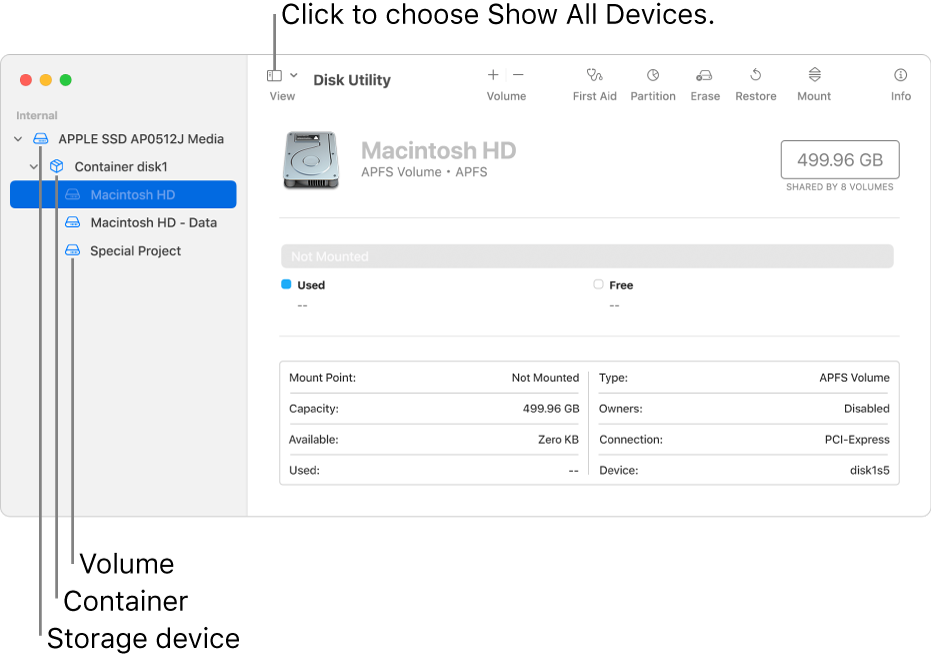

The best adapter currently available is the Sintech NGFF M.2 nVME SSD Adapter Card. The SSD connector on the MacBook Pro motherboard is not a standard NVMe interface, so you need an adapter.

Original Apple drives are almost impossible to buy new, so you’re limited to buying used drives on sites like Ebay for inflated prices. They can be bought everywhere online or in IT stores. NVMe drives are much easier to source.Many of the current NVMe drives are faster than the stock Apple drives that shipped in the MacBook Pro.macOS versions from Mojave and later support NVMe drives as boot device in MacBook Pro models released from late 2013 to 2015 and MacBook Air models from 2013 to 2017. Original Apple SSD’s for the MacBook Pro and MacBook Air are very expensive, especially compared to the price of standard NVMe SSD’s designed for Windows PC’s. As an Amazon Associate I earn from qualifying purchases. If you want to start up again from the disk you erased, select Reinstall macOS in the utilities window, then click Continue and follow the onscreen instructions to reinstall m acOS.This page contains affiliate links.Quit Disk Utility to return to the utilities window.After the erase is done, select any other internal volumes in the sidebar, then click the delete volume (–) button in the toolbar to delete that volume.ĭuring this step, disregard any internal volume named Macintosh HD or Macintosh HD - Data, as well as any volumes in the External and Disk Images sections of the sidebar.Click Erase. However, if you see an Erase Volume Group button, click that button instead.Format: APFS or Mac OS Extended (Journaled), as recommended by Disk Utility.Click the Erase button in the toolbar, then enter the requested details:.Select Macintosh HD in the sidebar of Disk Utility.


From the utilities window, select Disk Utility and click Continue.If asked, select a user you know the password for, then enter their administrator password.Start up from macOS Recovery: Turn on your Mac, then immediately press and hold these two keys until you see an Apple logo or other image: Command (⌘) and R.


 0 kommentar(er)
0 kommentar(er)
